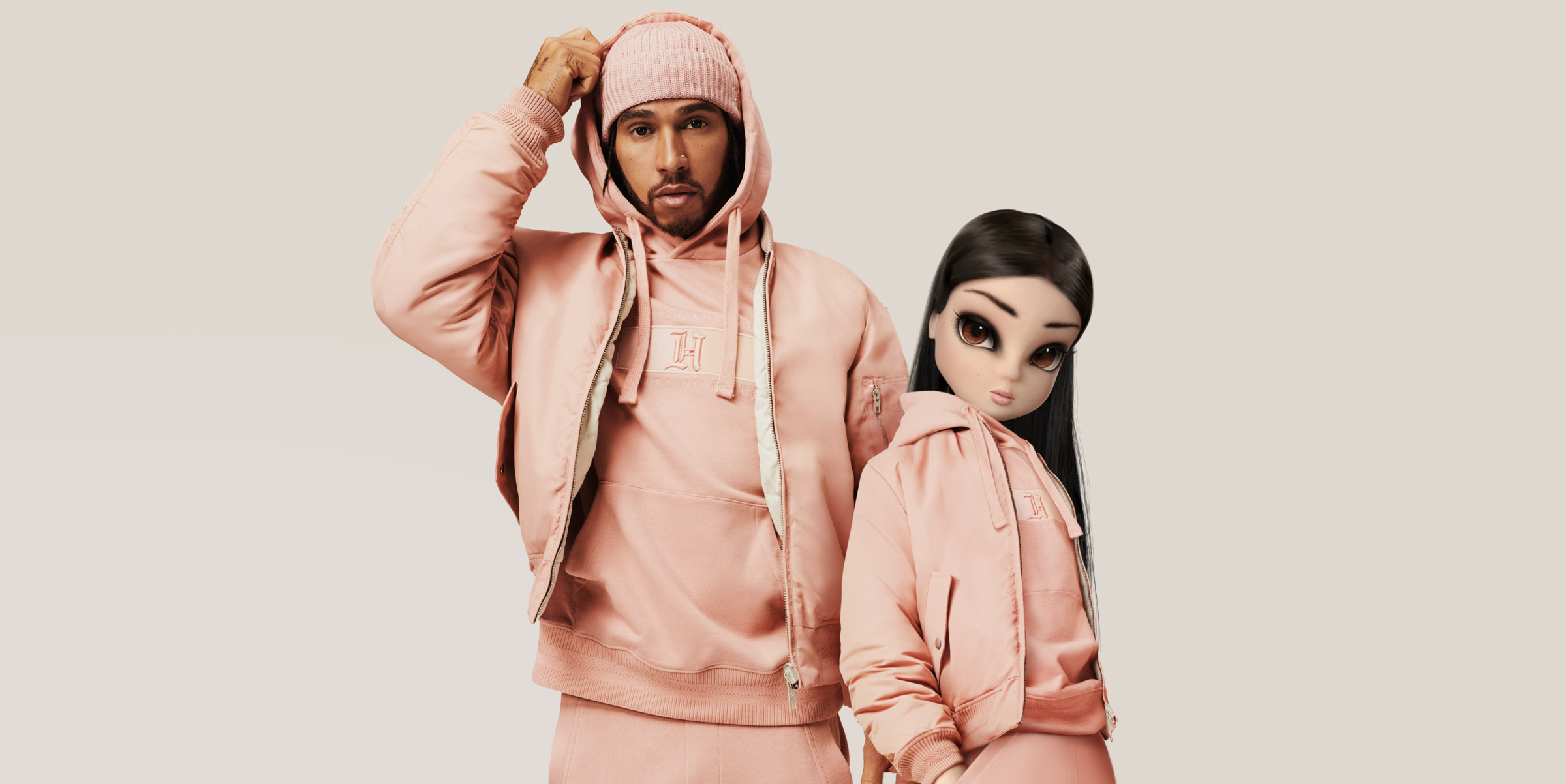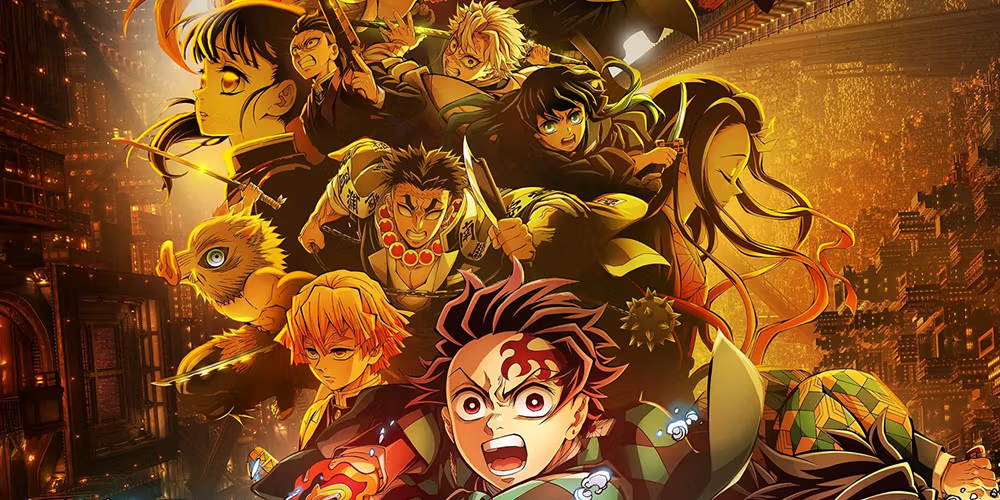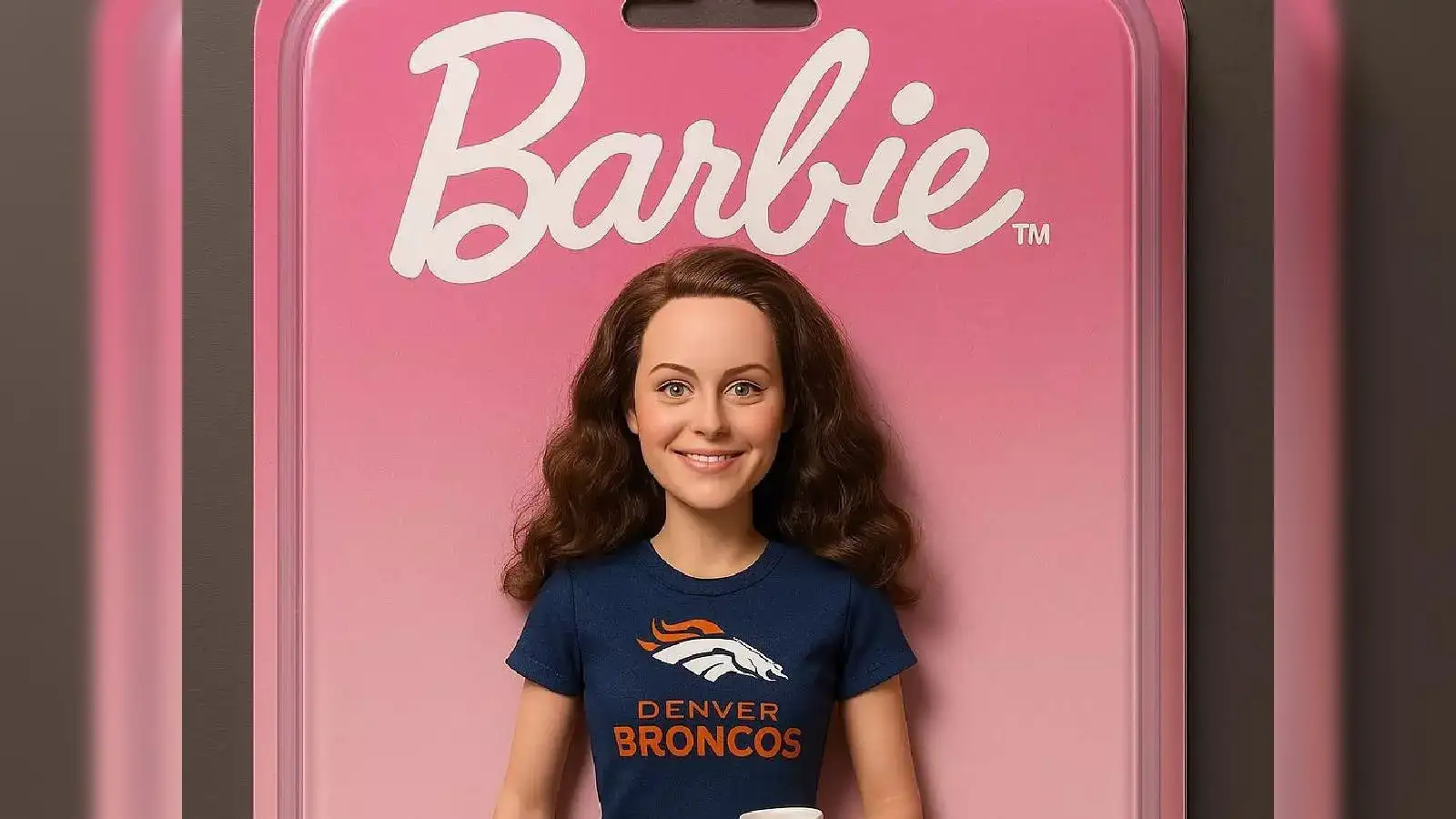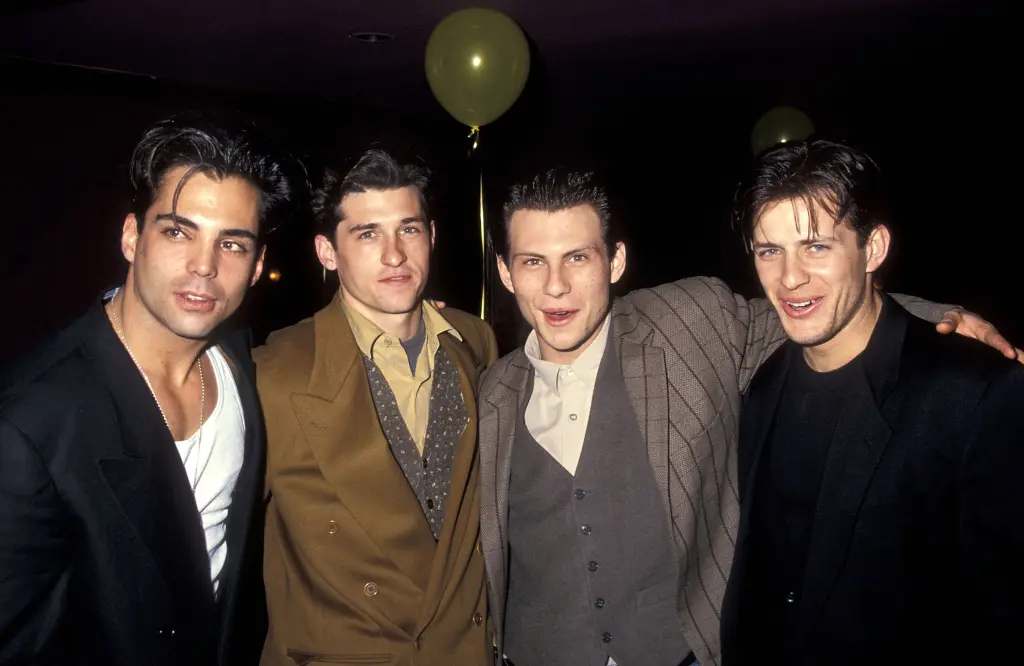In the digital age, virtual influencers—computer-generated characters with social media accounts—are rapidly transforming the landscape of brand marketing. Unlike human influencers, these AI-powered personas never age, make mistakes, or require breaks, making them appealing to global brands seeking control and consistency in their campaigns. With examples like Lil Miquela and Shudu leading the charge, virtual influencers have already amassed millions of followers and lucrative brand deals with fashion, tech, and beauty companies.
This trend is fueled by advancements in artificial intelligence and 3D rendering, allowing virtual influencers to appear in lifelike environments, engage with followers, and promote products just like their human counterparts. Brands benefit from total creative control—ensuring messaging aligns perfectly with campaign goals, while audiences enjoy the novelty and entertainment of these futuristic characters. The rise of the metaverse and immersive digital platforms has only accelerated their integration into mainstream marketing strategies.
As the lines blur between real and virtual, ethical concerns about transparency, authenticity, and emotional manipulation have emerged. However, when used responsibly, virtual influencers offer innovative opportunities for storytelling and branding. As more consumers live digitally, companies embracing this technology may gain a competitive edge—proving that the future of influence might not be human at all.




